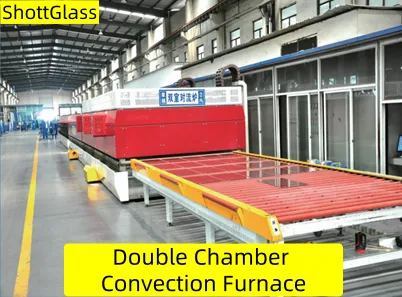Aug . 28, 2024 11:25 Back to list
Flat Roof Glass Panels - Durable, Stylish, and Energy Efficient Solutions
The Future of Architecture Flat Roof Glass Panels
In recent years, the architectural design landscape has experienced a significant shift towards innovative materials and sustainable practices. One of the most exciting developments in this field is the use of flat roof glass panels. These panels offer a myriad of benefits that not only enhance the aesthetic appeal of buildings but also contribute to energy efficiency and environmental sustainability.
Flat roof glass panels are increasingly popular due to their modern aesthetic. They create a sleek, seamless transition between indoor and outdoor spaces, allowing natural light to flood into interiors. This not only reduces the need for artificial lighting during the day but also helps create a more inviting and energizing environment for occupants. When designed properly, flat glass roofs can provide stunning panoramic views, connecting inhabitants with their surroundings while promoting a sense of openness and freedom.
From a functional standpoint, flat roof glass panels can be an excellent choice for urban architecture, where space is often at a premium
. These panels can be utilized in a variety of applications, from residential homes to commercial buildings, adding usable rooftop space that can be transformed into gardens, lounges, or recreational areas. As cities continue to grow and densify, the need for creative solutions to maximize utility without compromising aesthetics becomes paramount, making flat glass roofs an ideal solution.flat roof glass panels

Energy efficiency is another critical advantage of flat roof glass panels. Modern glass technology has advanced significantly, with innovations such as low-emissivity (low-E) coatings that minimize heat transfer. This helps to regulate indoor temperatures, thereby reducing reliance on heating and cooling systems. In addition, the integration of photovoltaic glass panels allows buildings to harness solar energy, presenting an opportunity for self-sufficiency and reduced carbon footprints. With many nations striving to meet sustainability goals, the adoption of such technologies in urban planning will play a vital role.
However, the installation of flat roof glass panels does come with challenges. Proper engineering and materials must be used to ensure structural integrity, especially considering factors like weight, weather resistance, and energy performance. Building codes and regulations must also be carefully reviewed to ensure compliance with safety standards. Therefore, collaboration between architects, builders, and engineers is essential to address these challenges effectively.
In conclusion, flat roof glass panels represent a forward-thinking approach to modern architecture. By integrating design with functionality and sustainability, architects can create buildings that are not only visually striking but also environmentally responsible. As technology continues to evolve, the potential applications for flat glass roofs will undoubtedly expand, paving the way for innovative solutions that respond to the needs of urban living while promoting a more sustainable future. As we continue to explore and refine these materials, we can expect to see them play an increasingly important role in the architecture of tomorrow.
-
Safety and Style with Premium Laminated Glass Solutions
NewsJun.24,2025
-
Reinvents Security with Premium Wired Glass
NewsJun.24,2025
-
Premium Float Glass Line for Modern Architecture
NewsJun.24,2025
-
Low Emissivity Glass for Energy-Efficient Architecture
NewsJun.24,2025
-
High-Performance Insulated Glass Solutions for Modern Architecture
NewsJun.24,2025
-
Elevates Interior Style with Premium Silver Mirror
NewsJun.24,2025
Related PRODUCTS














